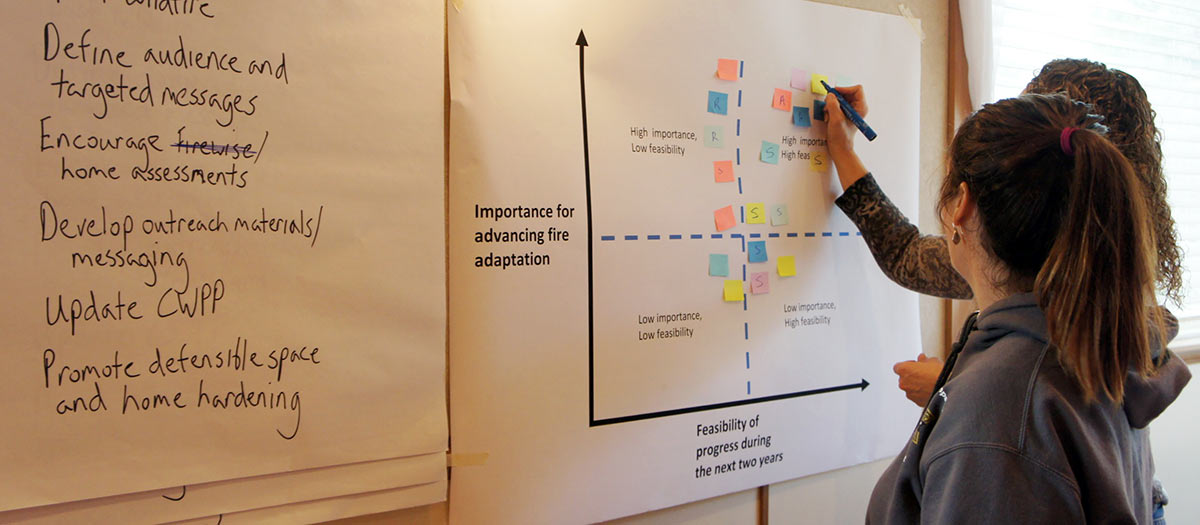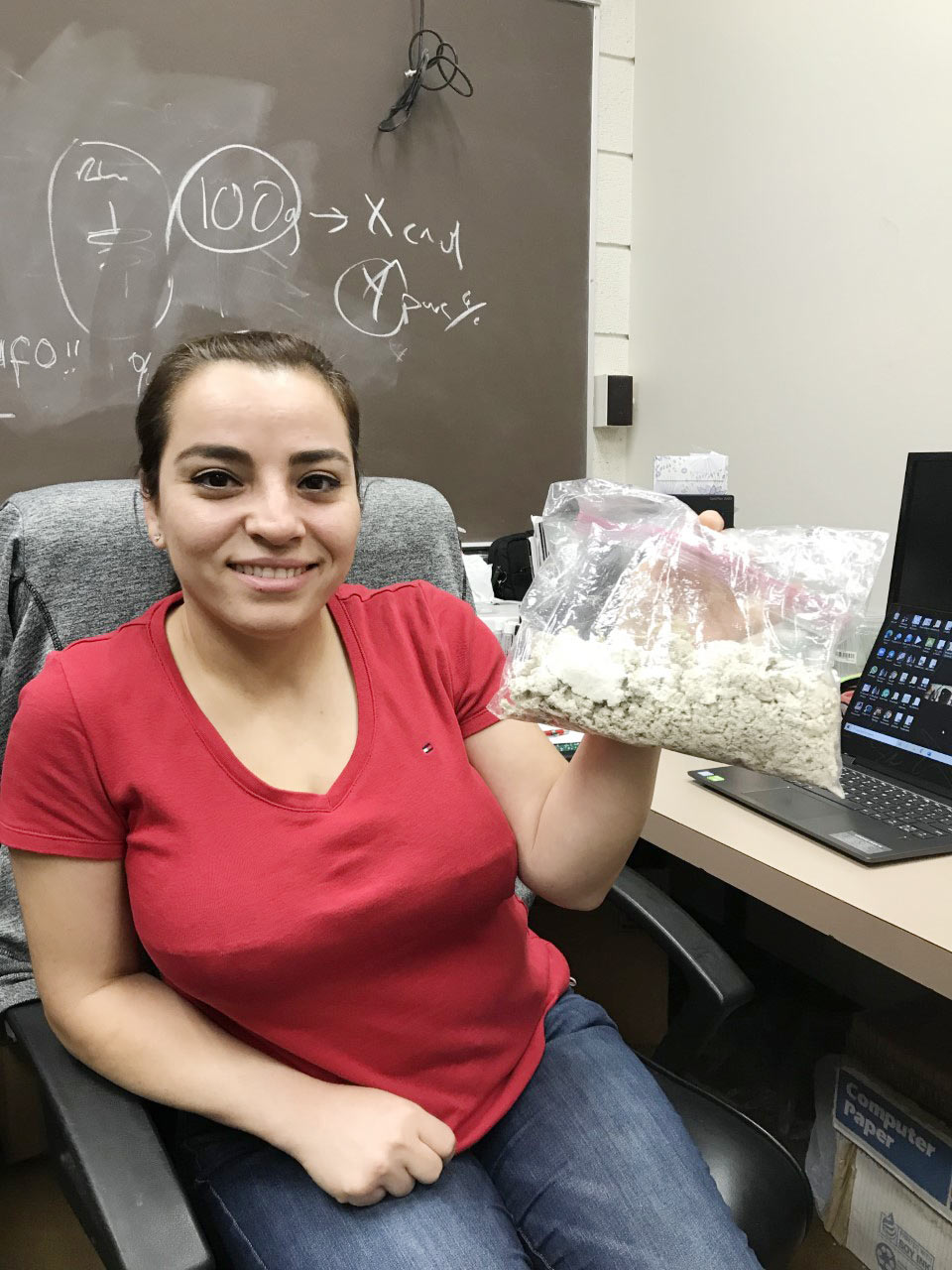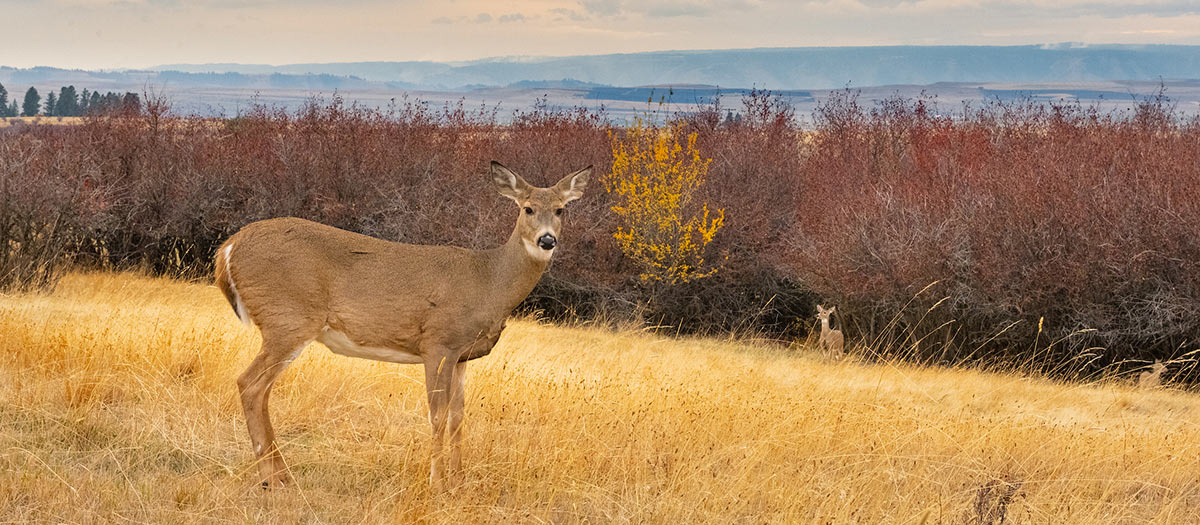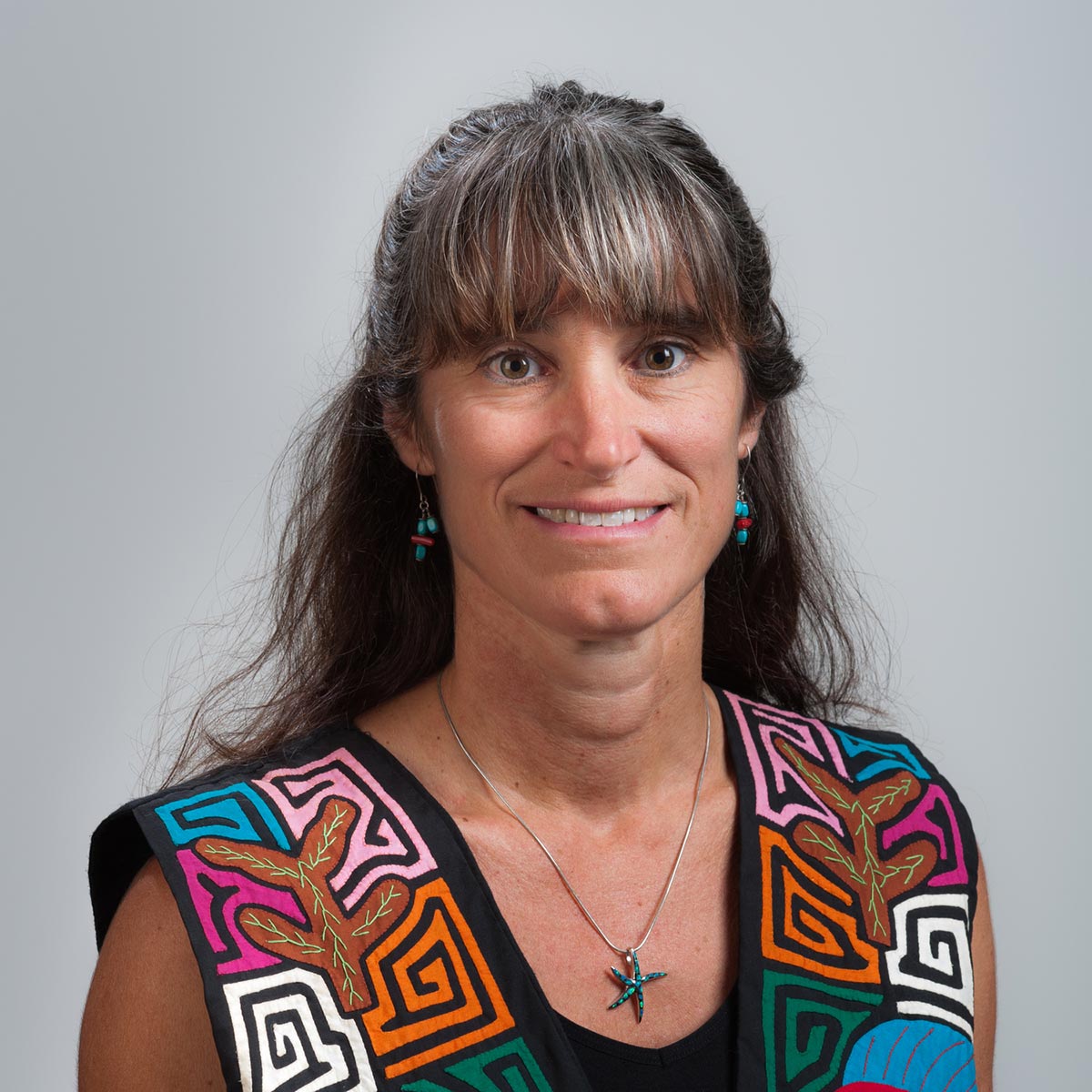Making Strides with Donor Sponsored Research, Community Support
Wildfire Research from the Ground Up:
Local Communities Partner with University Researchers
Working alongside the Kittitas County community, Associate Professor Travis Paveglio and Ph.D. student Allison (Rose) Shriner’s research is facilitating individualized fire mitigation strategies that go beyond standardized ‘one-size-fits-all’ plans.
In collaboration with local organizations, government and individuals, Paveglio and Shriner are assisting a community on the Eastern Crest of the fire-prone Central Cascades in Central Washington to determine individualized plans. Paveglio describes localized fire adaptation as a “choose your own adventure story” approach.
“There’s the assumption that you have to do everything to mitigate risk — when instead, a succinct, step by step approach can be more thorough as it is adapted to the specific community,” explained Shriner. “Everyone has the idea of standardization and replicating the same thing, but we’re breaking it down into bite sized pieces.”
“We’re asking questions such as ‘what do you well, what do you wish you could do better, and what information do you need to help you get to where you need to be?’” said Paveglio.
There’s the assumption that you have to do everything to mitigate risk — when instead, a succinct, step by step approach can be more thorough as it is adapted to the specific community.Allison Shriner.
Paveglio and Shriner have conducted a quantitative, data-based investigation of fuel mitigation treatments and their effectiveness. Local stakeholders have extended their partnership with Paveglio and Shriner to expand the community’s perception of wildfire.
This new research focuses on qualitative assessments as Shriner conducts surveys to better understand the community’s ideas regarding stewardship practices, prescribed fire and overall wildfire management. Grass-roots donations have enabled this sustainable localized research. “It is great to set up this kind of fund – which is now open if other communities want to do something similar – because we help people achieve what they want,” said Paveglio.
Travis Paveglio, Ph.D.
Professor of Natural Resource Sociology
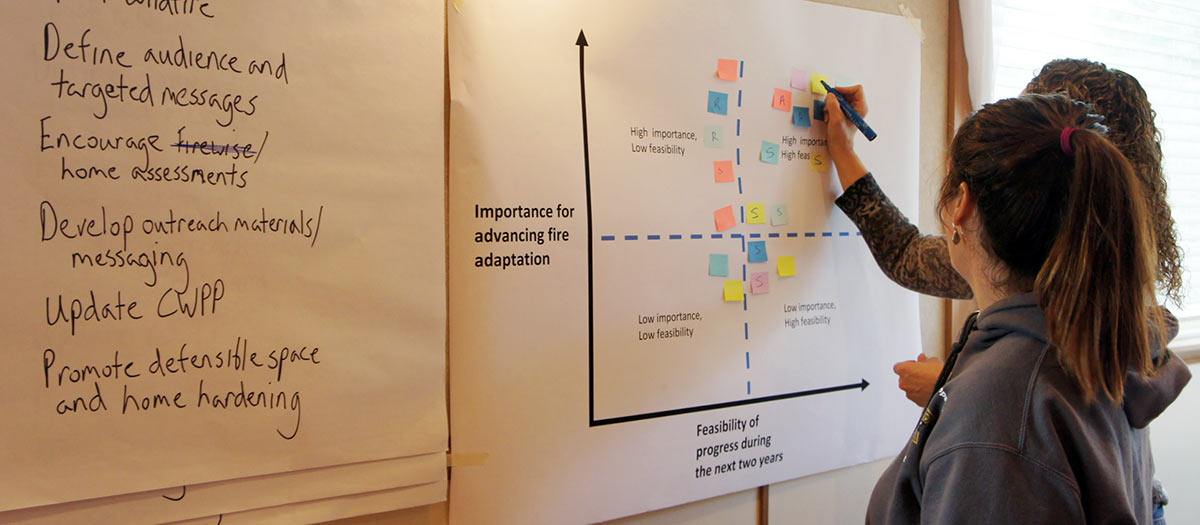
Waste to Biofuels:
Stillinger Trust Grows Sustainable Products Industry
Graduate students Farid Sotoudehnia and Maryam Abbasi have advanced the sustainable products industry by converting dairy manure waste into liquid fuels. They are supported by the Stillinger Trust, an endowment established in 1998 to recruit and educate future wood industry leaders, and are guided by Armando McDonald, Professor of Renewable Materials Chemistry, as they turn trash into treasure.
While completing his Masters, Sotoudehnia collaborated with Environmental Engineering Professor Erik Coats and Boise State’s Microbial Ecologist Kevin Faris to convert field cultivated microalgae, Chlorella vulgaris, into biochar products and liquid fuels, such as bio-oil and synthesis gas, using a process called pyrolysis.
“Pyrolysis is the thermochemical conversion of the biomass into bio-oil, synthetic gas and char. When you rapidly heat the material up to 600°C in an oxygen-free atmosphere, you can break down big molecules into smaller ones, which you can then collect using a condenser.”
We have a problem — which is the waste stream. We have a solution process to convert that waste and give it a second life.Armando McDonald
This is how we get our sustainable fuel products, explained Sotoudehnia. While obtaining his Ph.D., Sotoudehnia’s research turned to another large waste source in Idaho: waxed cardboard. The idea came to Sotoudehnia when he was a Teaching Assistant for a Forest and Sustainability Products introductory class. A student came to him and said, “almost all produce comes in these waxed cardboard boxes, and we’re just dumping them. We can’t recycle it.” In response, Sotoudehnia again used pyrolysis and employed a catalyst to upgrade wax obtained from the cardboard to make more gasoline-like products.
Beginning in Fall 2021, Maryam Abbasi is continuing the Stillinger Trust’s legacy of solution-based forestry research. While pursuing her Environmental Science Ph.D., she is discovering environmentally friendly methods for producing bioplastic packaging.
“My goal is to use a polymer from the cow manure for farming and medicinal packaging; plastic bags, carrying bags, et cetera,” said Abbasi. “Now I’m going to study the biodegradability of the plastic,” she added, bringing the upcycling process full circle, as her upcycled waste stream products sequester, or “lock in” carbon, as opposed to carbon being released into the atmosphere through degradation or burning.
“Our research is solution based.” emphasized Professor McDonald. “We have a problem — which is the waste stream. We have a solution process to convert that waste and give it a second life.”
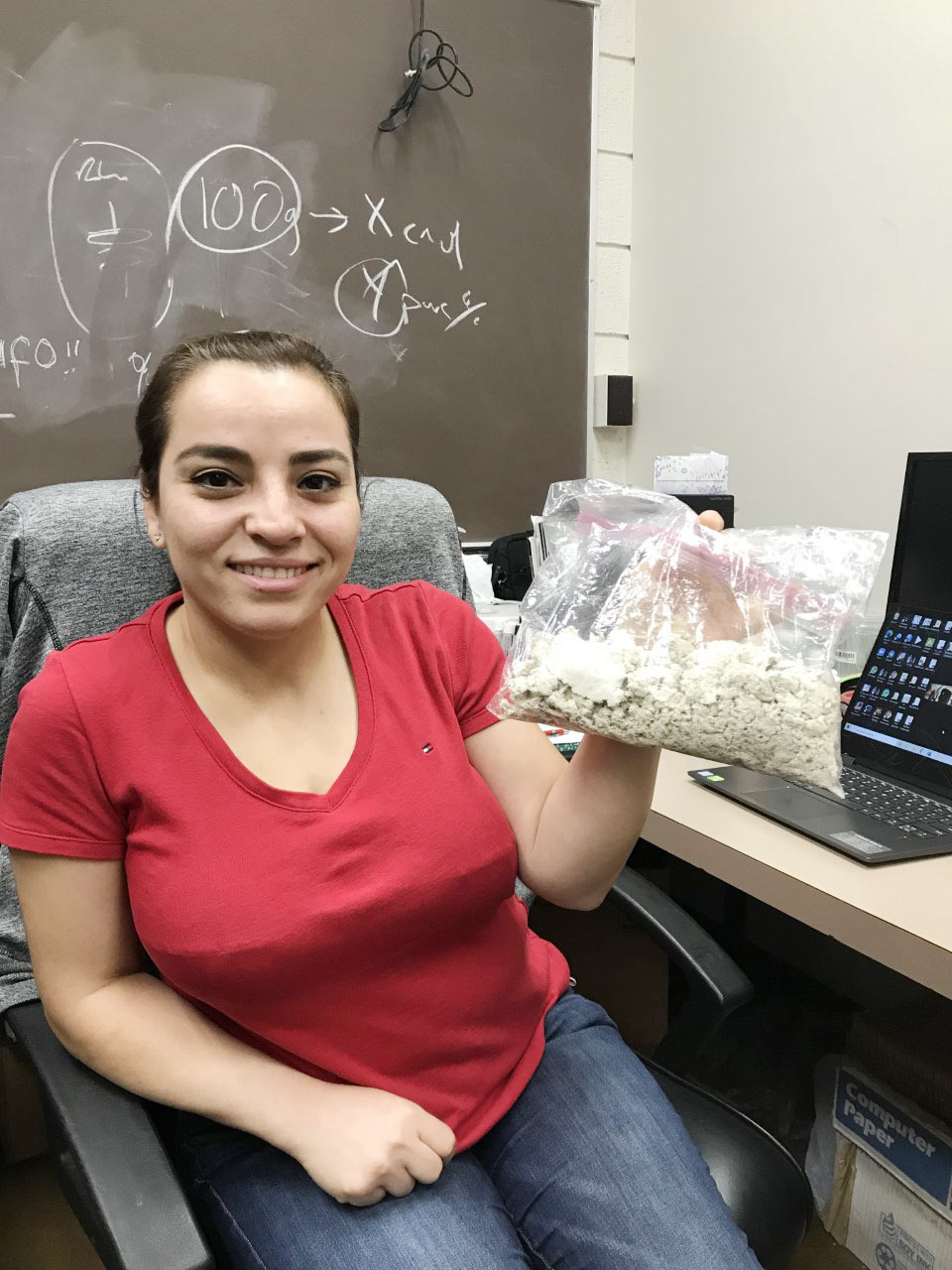
Armando McDonald, Ph.D.
Distinguished Professor of Forest & Sustainable Products
Investing in Wildlife Disease Research:
New Endowment enables Graduate Student Research, Wildlife Disease Ecologist Position in the Department of Fish and Wildlife
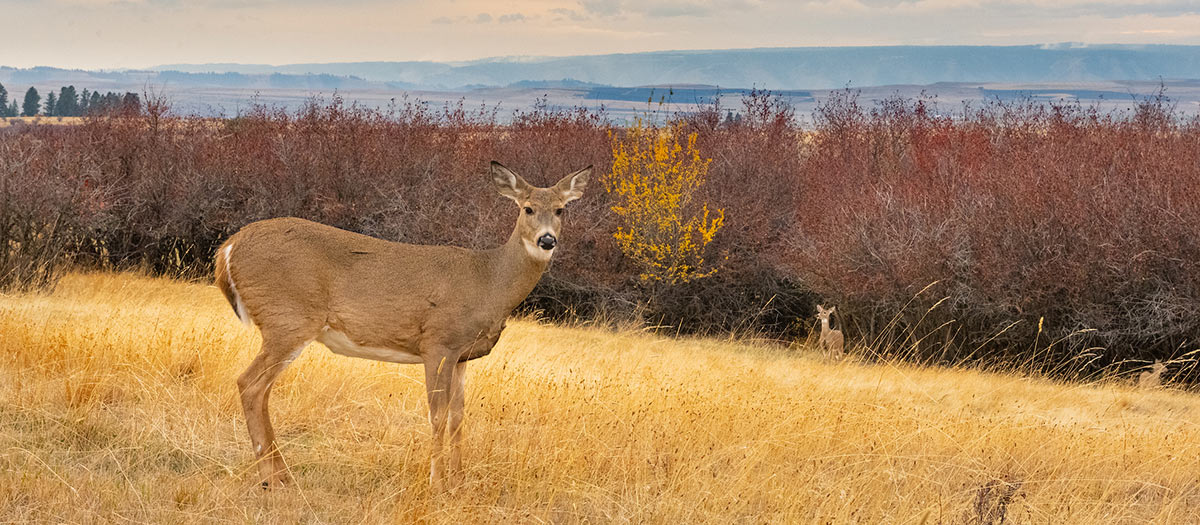
The pandemic highlights the importance of understanding wildlife diseases and their potential for transmission to humans.
Nancy Thomas, Veterinary Science alumna and an Endangered Species Pathologist with the USFWS, and spouse Mike Samuel, FWS alum ‘85 and retired USGS Wildlife Disease expert, recently established a Graduate Research Endowment focused on wildlife disease. This new endowment will provide educational and research support for graduate students to collect and analyze data.
This support is in conjunction with a new Wildlife Disease Ecologist faculty position jointly funded by Idaho Department of Fish and Game and the College of Natural Resources.
“There are many diseases impacting wildlife populations, as well as negatively affecting human and domestic animal health in the United States, said Lisette Waits, Professor of Wildlife Resources and Department Head of Fish and Wildlife Sciences.
These diseases include chronic wasting in deer, elk and moose; white-nose syndrome in hibernating bats; West Nile virus, botulism, avian cholera, and avian malaria in birds; ranaviruses and fungal diseases in amphibians and reptiles, as well as rabies and plague in mesomammals. There is additional threat from foreign animal diseases such as highly pathogenic avian influenza, African swine fever, foot and mouth disease, Rift Valley fever and Ebola hemorrhagic fever. The emergence and impacts of wildlife diseases are driven by factors such as invasive species, wildlife trade, feeding of wildlife, land-use changes, and increased contact between humans, domestic animals and wildlife.
Article by Kelsey Evans, College of Natural Resources Writer in Residence
Published in February 2022.








